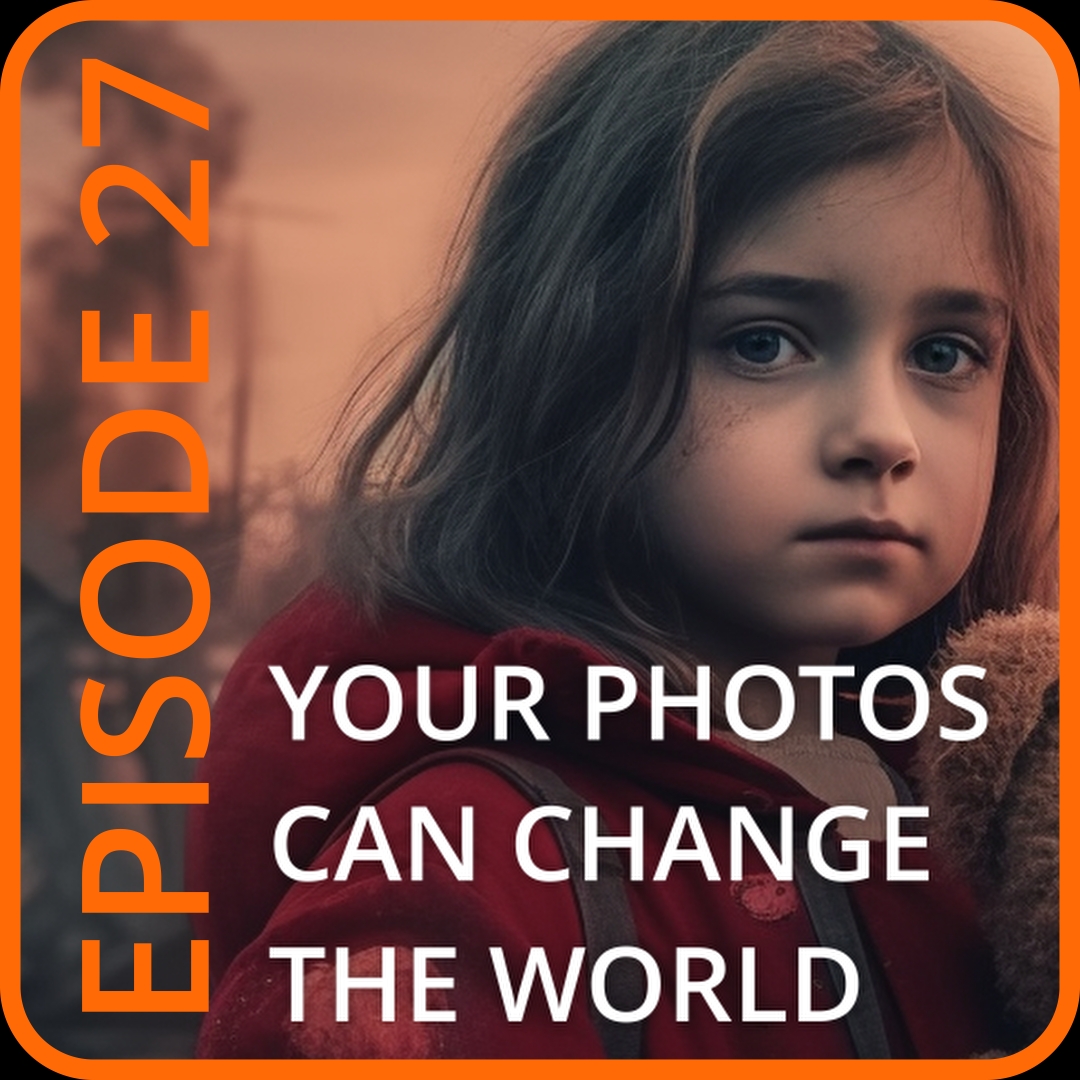Please note this post may contain affiliate links picked by me (Jay) that I have deemed may be of interest or relevant to you the reader of this.
These links do not affect the cost of the thing if you decide to purchase but i may get a little money if you choose to purchase.
For more information on my affiliate link policy click here.
The Challenges of Shooting in an Urban Environment
Urban photography is an exhilarating and dynamic genre that allows photographers to capture the essence of city life through their lens. It’s a world filled with excitement, creativity, and unique challenges. In this comprehensive guide, we will delve deep into the art of urban photography, exploring everything from understanding the urban landscape to mastering post-processing techniques. So, grab your camera, and let’s embark on this urban photography journey together.
Understanding Urban Photography
At its core, urban photography is about more than just taking pictures of buildings and streets. It’s about capturing the soul of a city, telling its stories, and immersing yourself in its culture. To excel in urban photography, start by immersing yourself in the history, culture, and rhythms of the city you’re photographing. Understanding the city’s background will help you create images that resonate on a deeper level.
Teaching Point: Research the locations you plan to shoot, learn about their significance, and understand how the city has evolved over time. This knowledge will enable you to create images that tell compelling stories.
The Excitement and Challenges
Urban photography is exciting because it allows you to capture the constant movement and change of a city. However, it also comes with its unique set of challenges. The thrill lies in capturing fleeting moments and the vibrant energy of urban life.
Teaching Point: To thrive in urban photography, develop your observation skills. Be ready to anticipate moments before they happen, allowing you to capture fleeting expressions and interactions that define urban life.
Environmental Factors: Navigating the Urban Landscape
Urban environments are rich with architectural marvels, each with its own character and history. However, capturing the grandeur of skyscrapers or the intricacy of historic buildings can be challenging.
Teaching Point: When photographing architecture, pay attention to lines, shapes, and patterns. Experiment with different angles to emphasize a building’s unique features. Use a wide-angle lens to capture entire structures or a telephoto lens to focus on intricate details.
Weather conditions in urban photography can be unpredictable. Rain, fog, and dramatic weather conditions can transform a mundane cityscape into a mesmerizing masterpiece.
Teaching Point: Embrace challenging weather conditions. Rain-soaked streets can create beautiful reflections, and fog can add an air of mystery to your images. Be prepared with protective gear for your camera and yourself.
Composition and Framing: Creating Order in Chaos
In the midst of urban chaos, creating compelling compositions is an art. Composition is the backbone of powerful urban photography.
Teaching Point: Experiment with different compositional techniques such as the rule of thirds, leading lines, and framing within the frame. Don’t be afraid to break the rules when it serves the story you want to tell.
Dealing with Crowds and Distractions: Embrace the Chaos
Urban areas are bustling with life, and dealing with crowds and distractions is inevitable.
Teaching Point: Patience is your greatest asset when dealing with crowds. Wait for the right moment when the scene clears or when a person’s position adds to your composition. Embrace the chaos by incorporating elements of the crowd to showcase the energy and vibrancy of urban life.
Challenges with Lighting: Mastering the Urban Light
Lighting in urban settings is a dynamic dance between natural and artificial sources.
Teaching Point: Understand the importance of light in urban photography. Use the golden hour for warm, soft light that enhances the mood of your images. Experiment with long exposures at night to capture light trails from vehicles and city lights.
Legal and Ethical Considerations: Respecting Boundaries
With great creativity comes great responsibility in urban photography.
Teaching Point: Always research and respect local laws and regulations regarding photography in public and private spaces. When photographing people, seek permission when necessary, and consider the ethical implications of sharing images, especially those featuring vulnerable individuals.
Gear and Equipment: Tools of the Urban Photographer
Your camera bag is your urban photography toolkit.
Teaching Point: Invest in versatile gear suitable for urban photography. A wide-angle lens allows you to capture sweeping cityscapes, while a tripod ensures sharp images, especially in low light. Filters, such as polarizers or neutral density filters, can help control reflections and exposure in challenging lighting conditions.
Post-Processing Tips: Polishing Your Urban Gems
Post-processing is where your creativity truly shines.
Teaching Point: Use software like Adobe Lightroom or Photoshop to enhance the mood and atmosphere of your urban photos. Focus on subtle adjustments that bring out the best in your images while maintaining their authenticity.
Safety Precautions: Protecting Yourself and Others
Your safety and the safety of those around you should never be compromised.
Teaching Point: Before venturing into unfamiliar urban areas, research the location, be aware of your surroundings, and let someone know your plans. Carry essentials like a first aid kit, flashlight, and emergency contact information.
Inspiration and Creativity: Fueling Your Passion
Learning from master photographers can inspire your own creativity.
Teaching Point: Analyze the work of renowned urban photographers. Experiment with unconventional angles and perspectives to create images that stand out and tell unique urban stories.
Audience Engagement: A Community of Urban Photographers
Engaging with fellow photographers is a fantastic way to learn and grow.
Teaching Point: Share your work, seek feedback, and be open to constructive criticism. The photography community is incredibly supportive and can provide valuable insights.
Resources and References: Your Urban Photography Toolkit
Learning is a continuous journey.
Teaching Point: Explore photography books, websites, and online communities dedicated to urban photography. These resources can provide inspiration, technical knowledge, and a sense of belonging within the urban photography community.
In conclusion, urban photography is a thrilling and rewarding pursuit, but it requires a combination of technical skill, creativity, and a deep understanding of the urban environment. With the right knowledge and practice, you can capture the heartbeat of the city and share it with the world through your lens. Happy shooting, photography junkies












